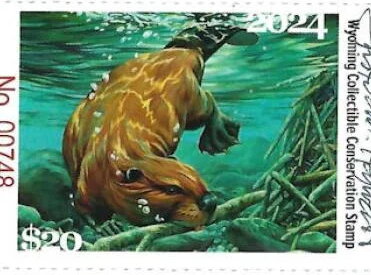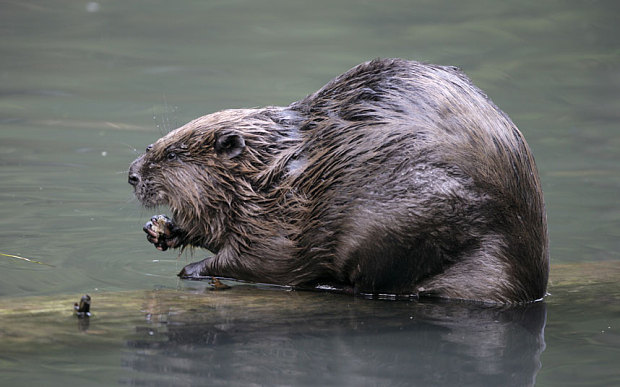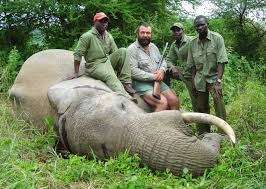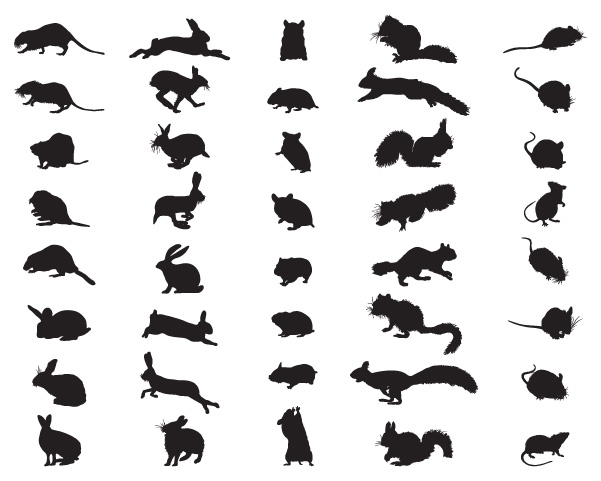Stamp: Beaver (Castor canadensis) (Wyoming (WY) 2024)
Beaver (Castor canadensis) (Wyoming (WY) 2024)
01 January (Wyoming (WY) ) within release Conservation Stamps goes into circulation Stamp Beaver (Castor canadensis) face value 20 United States dollar
| Stamp Beaver (Castor canadensis) in catalogues | |
|---|---|
| Colnect codes: | Col: US-WY 2024-01 |
Stamp is square format.
With unique serial numberStamp Beaver (Castor canadensis) it reflects the thematic directions:
Animals are multicellular, eukaryotic organisms of the kingdom Animalia (also called Metazoa). All animals are motile, meaning they can move spontaneously and independently, at some point in their lives. Their body plan eventually becomes fixed as they develop, although some undergo a process of metamorphosis later on in their lives. All animals are heterotrophs: they must ingest other organisms or their products for sustenance.
Beavers (genus Castor) are large, semiaquatic rodents of the Northern Hemisphere. There are two existing species: the North American beaver (Castor canadensis) and the Eurasian beaver (C. fiber). Beavers are the second-largest living rodents, after capybaras, weighing up to 50 kg (110 lb). They have stout bodies with large heads, long chisel-like incisors, brown or gray fur, hand-like front feet, webbed back feet, and tails that are flat and scaly. The two species differ in skull and tail shape and fur color. Beavers can be found in a number of freshwater habitats, such as rivers, streams, lakes and ponds. They are herbivorous, consuming tree bark, aquatic plants, grasses and sedges.
Hunting is the human practice of seeking, pursuing, capturing, or killing wildlife or feral animals. The most common reasons for humans to hunt are to exploit the animal's body for meat and useful animal products (fur/hide, bone/tusks, horn/antler, etc.), for recreation/taxidermy (see trophy hunting), although it may also be done for non-exploitative reasons such as removing predators dangerous to humans or domestic animals (e.g. wolf hunting), to eliminate pests and nuisance animals that damage crops/livestock/poultry or spread diseases (see varminting), for trade/tourism (see safari), or for ecological conservation against overpopulation and invasive species.
Rodents (from Latin rodere, 'to gnaw') are mammals of the order Rodentia (/roʊˈdɛnʃə/ roh-DEN-shə), which are characterized by a single pair of continuously growing incisors in each of the upper and lower jaws. About 40% of all mammal species are rodents. They are native to all major land masses except for Antarctica, and several oceanic islands, though they have subsequently been introduced to most of these land masses by human activity.




